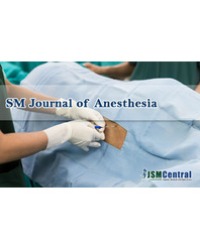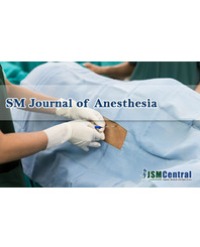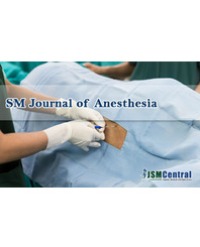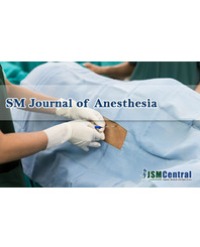
Low-Dose Ketamine Infusion in Pediatric Spinal Fusion Surgery Promotes Faster Emergence
Background: For patients undergoing spinal fusion, anesthesiologists are required to provide adequate intraoperative anesthesia that is conducive to swift emergence, patient comfort and reproducible participation in the neurological examination. The use of intraoperative low-dose ketamine infusion as part of the anesthetic regimen for spinal fusion surgery has waxed and waned in popularity. We analyzed a study to compare the effectiveness of low-dose ketamine in spinal fusion surgery in patients with idiopathic scoliosis.
Methods: A retrospective study was conducted to analyze 49 patients who underwent spinal fusion using one of the two TIVA protocols: propofol with Remifentanil (Protocol A), and propofol with Remifentanil in addition to low-dose ketamine infusion (Protocol B).
Results: Low-dose ketamine infusion did not improve post-operative pain scores, but patients were less sedated, and more neurologically intact when they arrived in the PACU.
Conclusion: We adapted our practice to include intraoperative infusion of low-dose of ketamine attempting to reduce intraoperative anesthetic requirements and to improve the recovery state. Our results demonstrate the benefit of low-dose intraoperative ketamine in prompt postoperative recovery in pediatric spinal fusion surgery.
Pin Yue* , Caleb Hopkins, Orlando A Perez-Franco, Naila Ahmad, and Brenda C McClain



